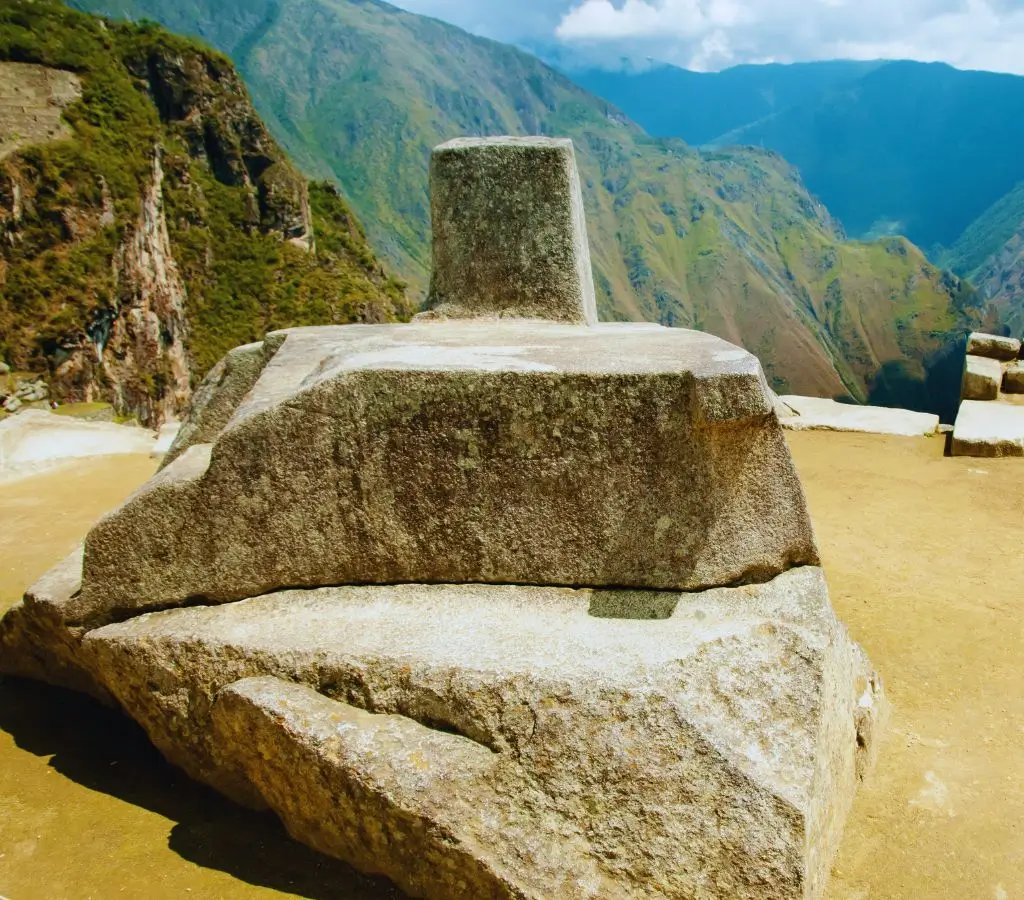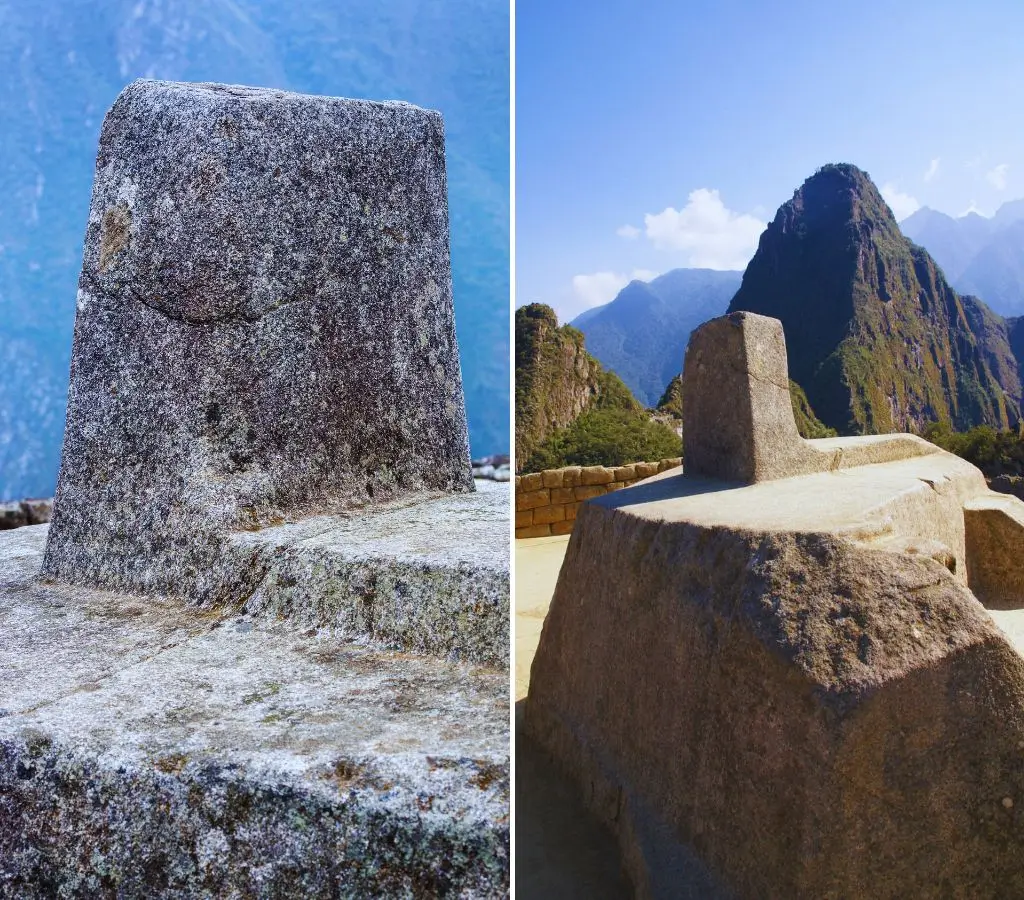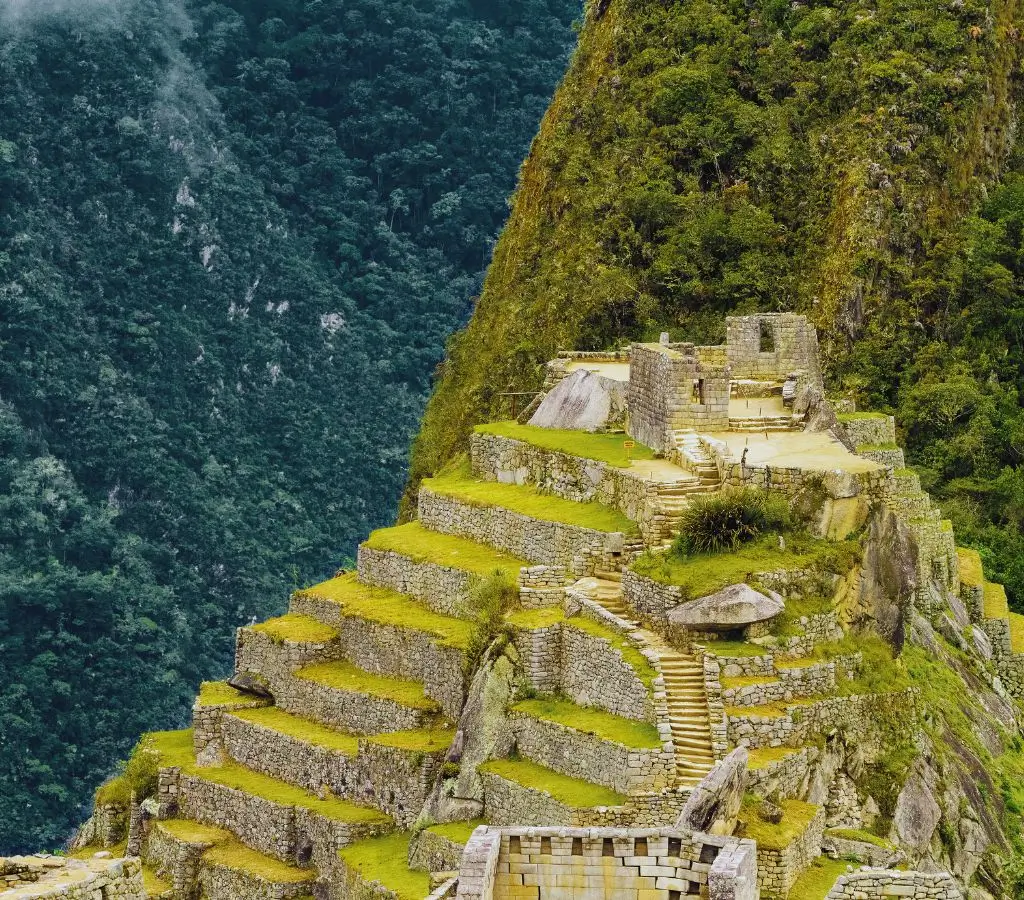Uncover the mystery of Intihuatana, or the solar clock of Machu Picchu a monolithic granite sculpture dating back to the 15th century. According to researchers, the Incas possessed advanced astronomical and spiritual understanding. To this day, it remains a mystery, captivating visitors to Machu Picchu and offering a glimpse into the past of this ancient civilization.
The Intihuatana is an ancient Incan stone carving that served as an instrument for astronomical observation. Through it, they could measure time, predict seasonal changes, and conduct religious ceremonies.
As an astronomical calendar, it precisely indicated the timing for planting and harvesting crops, always relying on the sun's rays.
Exactly who commissioned its construction is unknown, but research suggests it dates back to the height of the Inca Empire in the 15th century. It was built during the reign of Emperor Pachacútec, who led the empire's expansion and the construction of Machu Picchu. After the arrival of the Spaniards, the citadel was abandoned in the 16th century during the Spanish conquest and rediscovered in 1911 by archaeologist Hiram Bingham.
Following Bingham's discovery, several significant Incan constructions were found, visible today when visiting Machu Picchu.
We will delve into more details about the solar clock, as the Intihuatana gained importance across various cultures, serving as a solar calendar for planting, harvesting, ceremonies, rituals, and more.

The Intihuatana has four faces, each pointing to the four cardinal points and guided by the shadow cast by the sun. It occupies a total area of 8 meters and 60 centimeters and is located in the Hanan or high zone on a small esplanade, right beside the Temple of the Three Windows.
It functioned as a solar clock, where the sun's shadow could predict the timing for activities such as planting, harvesting, ceremonies, rituals, and more. Moreover, it is not exclusive to Machu Picchu; similar structures can be found in Pisaq, Qenqo, Ollantaytambo.
Intihuatana or solar clock comes from Quechua, and to better understand, we must break down the word. "Inti" means sun, while "huatana" translates to tie or bind, hence the designation "where the sun is tied." It is said that this monolith reflects the spiritual connection between the piece and the sun, playing a central role in the Incan worldview.
In Incan cosmology, the sun was considered a crucial deity. When it interacted with the Intihuatana, it marked the solstices and equinoxes, astronomical events holding profound ritual and agricultural significance for the Incas.
The shadow cast by the Intihuatana during these events assisted priests in making precise observations, marking crucial moments in their ceremonial calendar.
Here are some options that take you to visit the Intihuatana:




